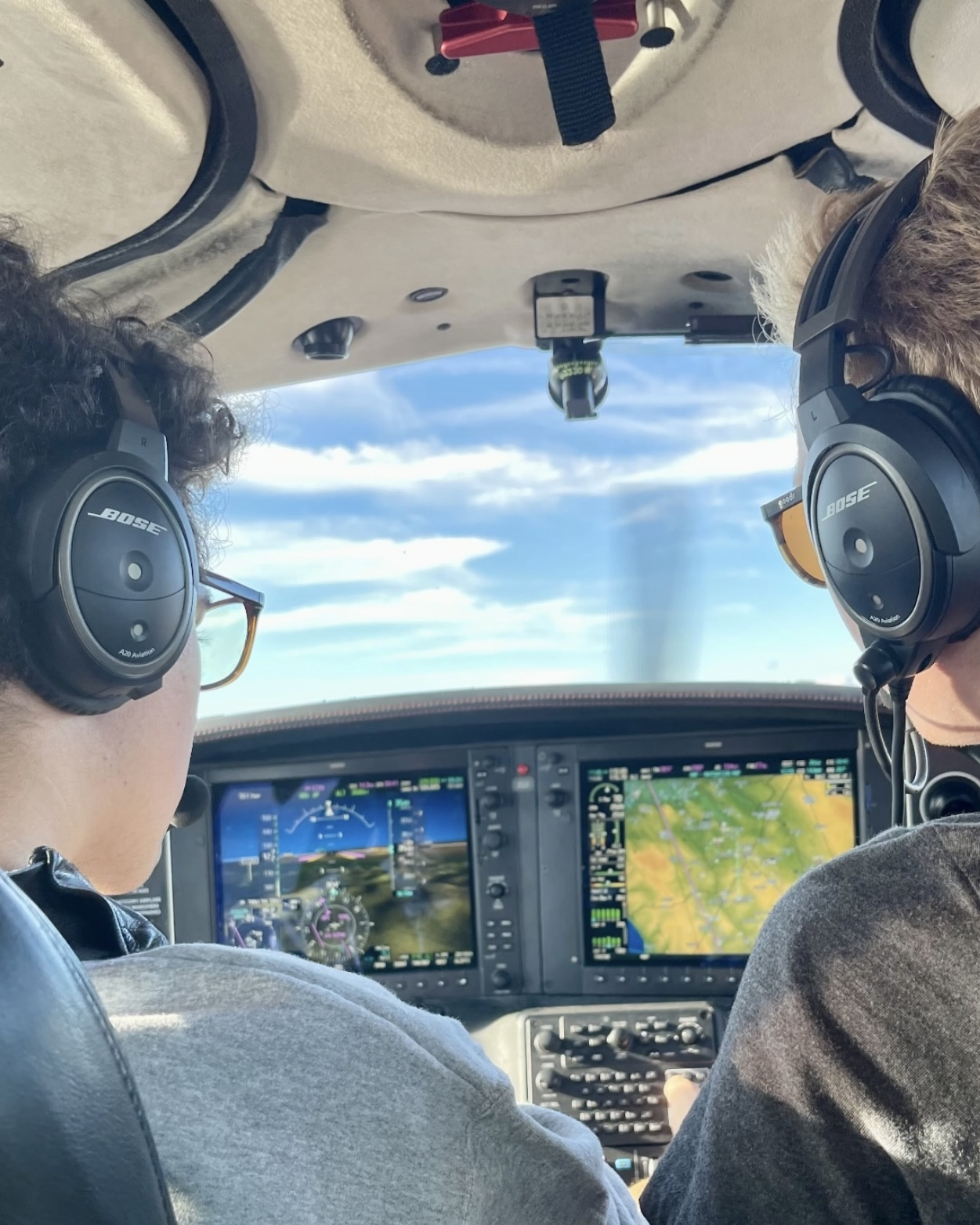Flying to Catalina Island is a must-do experience for any pilot, offering stunning views and the thrill of landing at the iconic “Airport in the Sky.” But before you embark on this adventure, it’s essential to understand the nuances of flying through the Los Angeles Basin, especially when crossing the busy LAX airspace. This guide will walk you through the special flight rules, VORs, frequencies, and best practices for a safe and enjoyable trip to Catalina Island.
Navigating the Los Angeles LAX Airspace
When flying to Catalina Island from the mainland, you’ll likely need to cross the LAX airspace. The Special Flight Rules Area (SFRA) over LAX allows VFR pilots to cross directly over the airport at 3,500 feet MSL eastbound and 4,500 feet MSL westbound. Here’s what you need to know:
Frequency: The LAX SFRA frequency is 128.55 MHz. This is a dedicated frequency for aircraft operating in the SFRA. It’s essential to monitor and broadcast your intentions while crossing the airspace.
VORs: For navigation, the LAX VOR (114.10 MHz) is your primary reference. You can also use the SMO VOR (110.8 MHz) as a waypoint when flying along the coastline.
Picking Up Flight Following After LAX
After crossing LAX airspace, it’s a good idea to pick up flight following for added safety. As you exit the SFRA, you can contact SoCal Approach on 124.3 MHz (or the appropriate sector frequency) to request flight following to Catalina (KAVX). Having ATC on your side can help you navigate the busy airspace and provide traffic advisories, especially during peak times.
Flying Over Twin Harbors and Entering the Pattern
As you approach Catalina Island, it’s recommended you enter Catalina Airport’s traffic by passing over the Twin Harbors area. This is a good reference point to start your descent and prepare for landing. The airport sits at an elevation of 1,602 feet MSL, and the runway is perched on a plateau, which can create some visual illusions on approach.
When entering the traffic pattern at Catalina, it’s recommended to join the downwind leg. The pattern altitude is 2,602 feet MSL, 1,000 feet above the airport elevation. Catalina’s runway (Runway 22) has a right-hand pattern, so make sure to enter on the right downwind for 22. This will give you a better perspective on the terrain and more time to set up a stable approach.
Avoiding Straight-In Approaches
While a straight-in approach might seem tempting, especially on a calm day, it’s not recommended at Catalina. The airport’s unique location and elevation can make it difficult to judge distance and descent rate on a straight-in approach. Additionally, straight-in approaches can create conflicts with other aircraft in the pattern, especially if you’re unfamiliar with the terrain.
Instead, use the downwind-to-base-to-final approach to ensure you have the best possible control over your descent and landing. This approach allows you to adjust for any downdrafts or wind shear that may occur near the cliffs surrounding the airport.
Flying into Catalina Island is a rewarding experience, but it requires careful planning and adherence to special flight rules, especially when crossing the LAX airspace. By using the SFRA, picking up flight following, and following the recommended pattern entry, you’ll set yourself up for a safe and successful landing at one of Southern California’s most iconic airports. Remember, the key to a smooth approach and landing at Catalina is to avoid straight-in approaches and always be mindful of the unique terrain. Happy flying!

